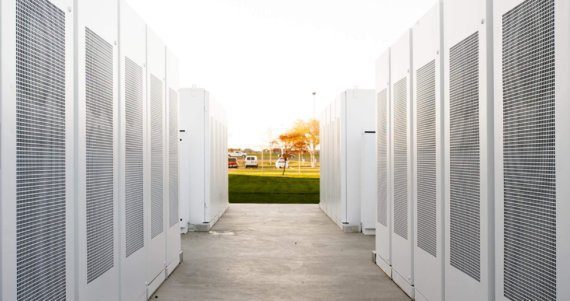
As a result of the Aliso Canyon natural gas leak earlier this year, and the facility’s subsequent closure, the California Public Utilities Commission mandated (in May) an accelerated procurement for energy storage in order to avoid potential electricity shortfall issues and rolling blackouts.
 Utility companies, such as Southern California Edison, were thus told to solicit utility-scale energy storage solutions that could be operational by December 31, 2016.
Utility companies, such as Southern California Edison, were thus told to solicit utility-scale energy storage solutions that could be operational by December 31, 2016.
The competitive process that followed has resulted in Tesla being selected “to provide a 20 MW/80 MWh Powerpack system at the Southern California Edison Mira Loma substation,” Tesla has announced. “Tesla was the only bidder awarded a utility-owned storage project out of the solicitation.”
Once completed, this installation will actually be the biggest lithium-ion battery storage project in the world — providing, at peak capacity, enough electricity for the needs of around 2,500 regional households for a full day.
A new blog entry on the Tesla website provides more info: “The Gigafactory’s ability to produce at a large scale will allow this system to be manufactured, shipped, installed, and commissioned in three months. The system will charge using electricity from the grid during off-peak hours and then deliver electricity during peak hours to help maintain the reliable operation of Southern California Edison’s electrical infrastructure which feeds more than 15 million residents. By doing so, the Tesla Powerpack system will reduce the need for electricity generated by natural gas and further the advancement of a resilient and modern grid.”
Source: CleanTechnica. Reproduced with permission.










